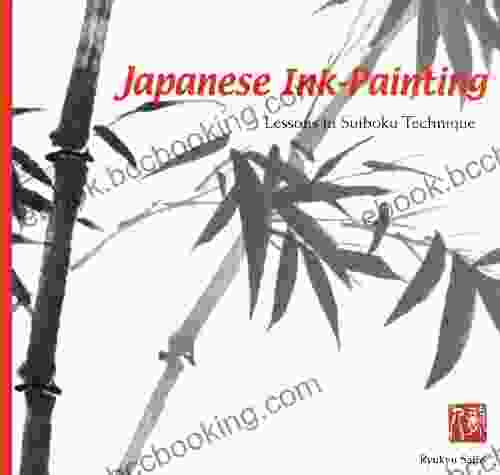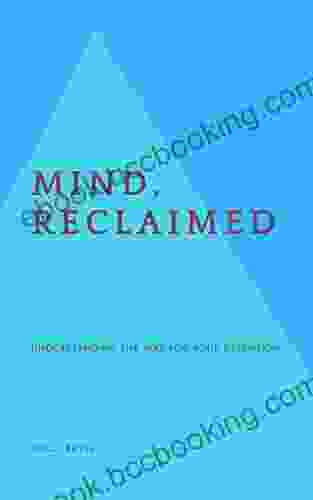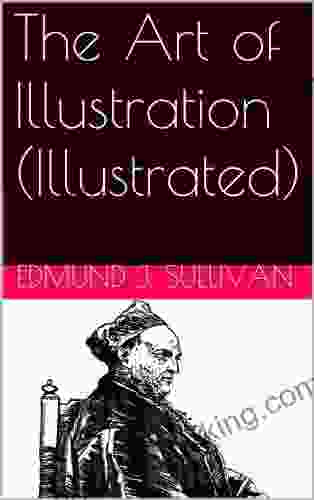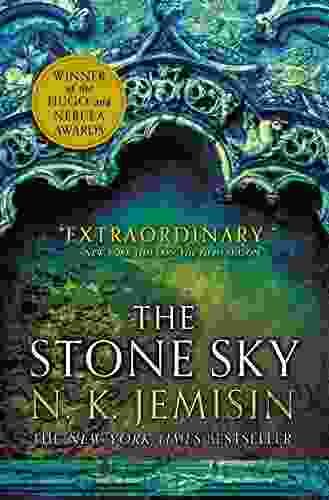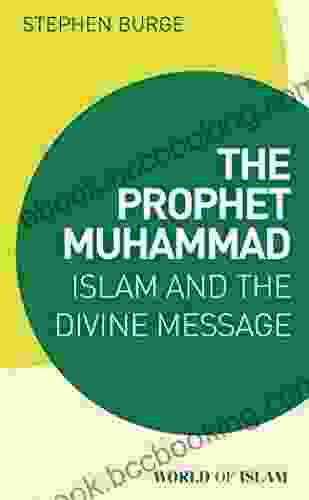Japanese Ink Painting Lessons In Suiboku Techniques: A Journey into Artistic Serenity

4 out of 5
| Language | : | English |
| File size | : | 3801 KB |
| Text-to-Speech | : | Enabled |
| Screen Reader | : | Supported |
| Enhanced typesetting | : | Enabled |
| Print length | : | 100 pages |
Step into the realm of Japanese Ink Painting, an age-old art form that captivates with its simplicity and depth. Our comprehensive lessons in Suiboku techniques will guide you on a transformative journey, equipping you with the skills to create stunning works of art. Suiboku, meaning "water ink," is a cherished technique in Japanese painting, known for its subtle gradations, expressive brushwork, and profound connection to nature.
The Essence of Suiboku
Suiboku painting is rooted in the principles of Zen Buddhism and Taoism. It emphasizes the harmonious interplay of negative space (yohaku) and positive forms, creating a balance that evokes a sense of tranquility and contemplation. The use of black ink, diluted to various shades, allows for a wide range of expression, from delicate lines to bold and dramatic strokes.
Materials and Tools
Embarking on your Suiboku journey requires a few essential materials:
- Ink: High-quality black ink, traditionally made from soot or pine resin, is the core element of Suiboku painting.
- Brushes: A variety of brushes are used, each with its own unique properties. The most common types include soft sheepskin brushes and stiffer goat hair brushes.
Paper: Japanese rice paper, or washi, is specifically designed for ink painting. Its absorbent nature allows for spontaneous brushwork and subtle ink transitions.
Basic Brush Techniques
Mastering the fundamental brush techniques is crucial for creating expressive Suiboku paintings:
- Moist Brush: Used for creating light, delicate lines, and capturing the essence of nature.
- Dry Brush: Results in crisp, textured lines, adding depth and detail to your artwork.
- Combination Technique: Alternating between moist and dry brushstrokes allows for a wide range of effects.
- Dotting: Creating small, precise dots can add depth, texture, and movement to your painting.
Subject Matter in Suiboku Paintings
Suiboku painting encompasses a diverse range of subjects, including:
- Landscapes: Mountains, rivers, and trees are frequently depicted, capturing the tranquility and vastness of nature.
- Animals: Birds, fish, and insects bring life and movement to your artwork, expressing the harmony between humans and the natural world.
- Flowers: Delicate blossoms, buds, and petals symbolize beauty, impermanence, and the cycles of life.
- Abstractions: Some Suiboku artists explore abstract compositions, using ink and brushstrokes to create evocative and meaningful forms.
Composition and Balance
In Suiboku painting, composition plays a vital role in creating a harmonious and visually appealing artwork. Consider the following principles:
- Asymmetry: Avoid symmetrical arrangements, opting instead for a more dynamic and natural-looking composition.
- Negative Space: Leave areas of the paper blank, allowing the ink and empty spaces to interact and create a sense of depth and movement.
- Center of Interest: Determine the focal point of your painting and place it off-center to draw the viewer's attention.
- Ink Value: Experiment with varying shades of ink to create contrast and depth, guiding the viewer's eye through your composition.
The Importance of Practice
As with any art form, practice is essential for refining your Suiboku skills. Regular practice will develop your brush control, ink manipulation, and overall artistry. Set aside dedicated time to experiment with different techniques, study masterworks, and observe the natural world around you.
Embarking on the journey of Japanese Ink Painting with Suiboku techniques offers a unique and rewarding experience. With patience, dedication, and the guidance provided in these lessons, you will discover the transformative power of this ancient art form. Create stunning works of art, cultivate a deeper connection to nature, and find tranquility and inspiration through the meditative practice of Suiboku painting.
Embrace the beauty of Japanese Ink Painting and embark on your artistic journey today.
4 out of 5
| Language | : | English |
| File size | : | 3801 KB |
| Text-to-Speech | : | Enabled |
| Screen Reader | : | Supported |
| Enhanced typesetting | : | Enabled |
| Print length | : | 100 pages |
Do you want to contribute by writing guest posts on this blog?
Please contact us and send us a resume of previous articles that you have written.
 Book
Book Novel
Novel Page
Page Chapter
Chapter Text
Text Story
Story Genre
Genre Reader
Reader Library
Library Paperback
Paperback E-book
E-book Magazine
Magazine Newspaper
Newspaper Paragraph
Paragraph Sentence
Sentence Bookmark
Bookmark Shelf
Shelf Glossary
Glossary Bibliography
Bibliography Foreword
Foreword Preface
Preface Synopsis
Synopsis Annotation
Annotation Footnote
Footnote Manuscript
Manuscript Scroll
Scroll Codex
Codex Tome
Tome Bestseller
Bestseller Classics
Classics Library card
Library card Narrative
Narrative Biography
Biography Autobiography
Autobiography Memoir
Memoir Reference
Reference Encyclopedia
Encyclopedia Peter Ross
Peter Ross Robin Hanson
Robin Hanson Wallace Terry
Wallace Terry Robin Ryan
Robin Ryan Rose Marie Beebe
Rose Marie Beebe Ryan Mccombs Jr
Ryan Mccombs Jr Sara Lyon
Sara Lyon Roy H Williams
Roy H Williams Namita Gokhale
Namita Gokhale Sally Springer
Sally Springer Marcella Hazan
Marcella Hazan Scott Jones
Scott Jones Rosa Park
Rosa Park Svetlana Boym
Svetlana Boym Milos Maricic
Milos Maricic Tamara Dean
Tamara Dean Tasha Powers
Tasha Powers Matt Heid
Matt Heid Shawn Thorsson
Shawn Thorsson Peter Vacher
Peter Vacher
Light bulbAdvertise smarter! Our strategic ad space ensures maximum exposure. Reserve your spot today!

 Carter HayesRogue Gone Ravage: Unleash the Enchanting Saga of the Reverse Harem Marvelous...
Carter HayesRogue Gone Ravage: Unleash the Enchanting Saga of the Reverse Harem Marvelous... Abe MitchellFollow ·15.1k
Abe MitchellFollow ·15.1k Sammy PowellFollow ·11k
Sammy PowellFollow ·11k Jake PowellFollow ·18.2k
Jake PowellFollow ·18.2k Ross NelsonFollow ·9.7k
Ross NelsonFollow ·9.7k John MiltonFollow ·16.9k
John MiltonFollow ·16.9k Elliott CarterFollow ·2.3k
Elliott CarterFollow ·2.3k Henry HayesFollow ·10.8k
Henry HayesFollow ·10.8k Jayson PowellFollow ·13k
Jayson PowellFollow ·13k
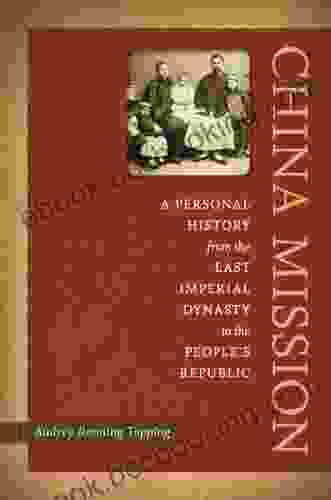
 Philip Bell
Philip BellPersonal History: From the Last Imperial Dynasty to the...
By Author Name A...

 Gustavo Cox
Gustavo CoxAlexander Csoma de Kőrös: The Father of Tibetology
Alexander...
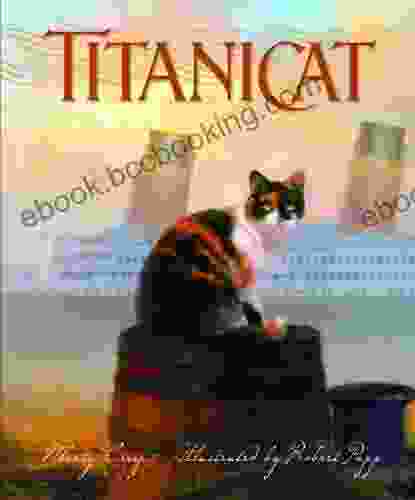
 Harvey Bell
Harvey BellUnveiling the Titanicat: Dive into the True Stories...
A Literary Voyage into the...

 José Martí
José MartíUnveiling the Festive Flavors of Christmas: A Culinary...
As the crisp winter air fills with the...
4 out of 5
| Language | : | English |
| File size | : | 3801 KB |
| Text-to-Speech | : | Enabled |
| Screen Reader | : | Supported |
| Enhanced typesetting | : | Enabled |
| Print length | : | 100 pages |


